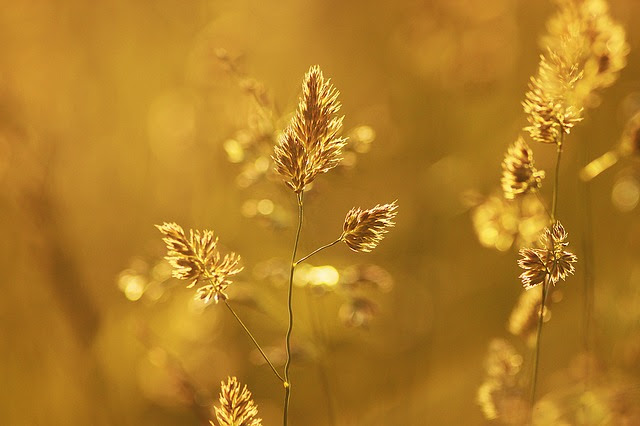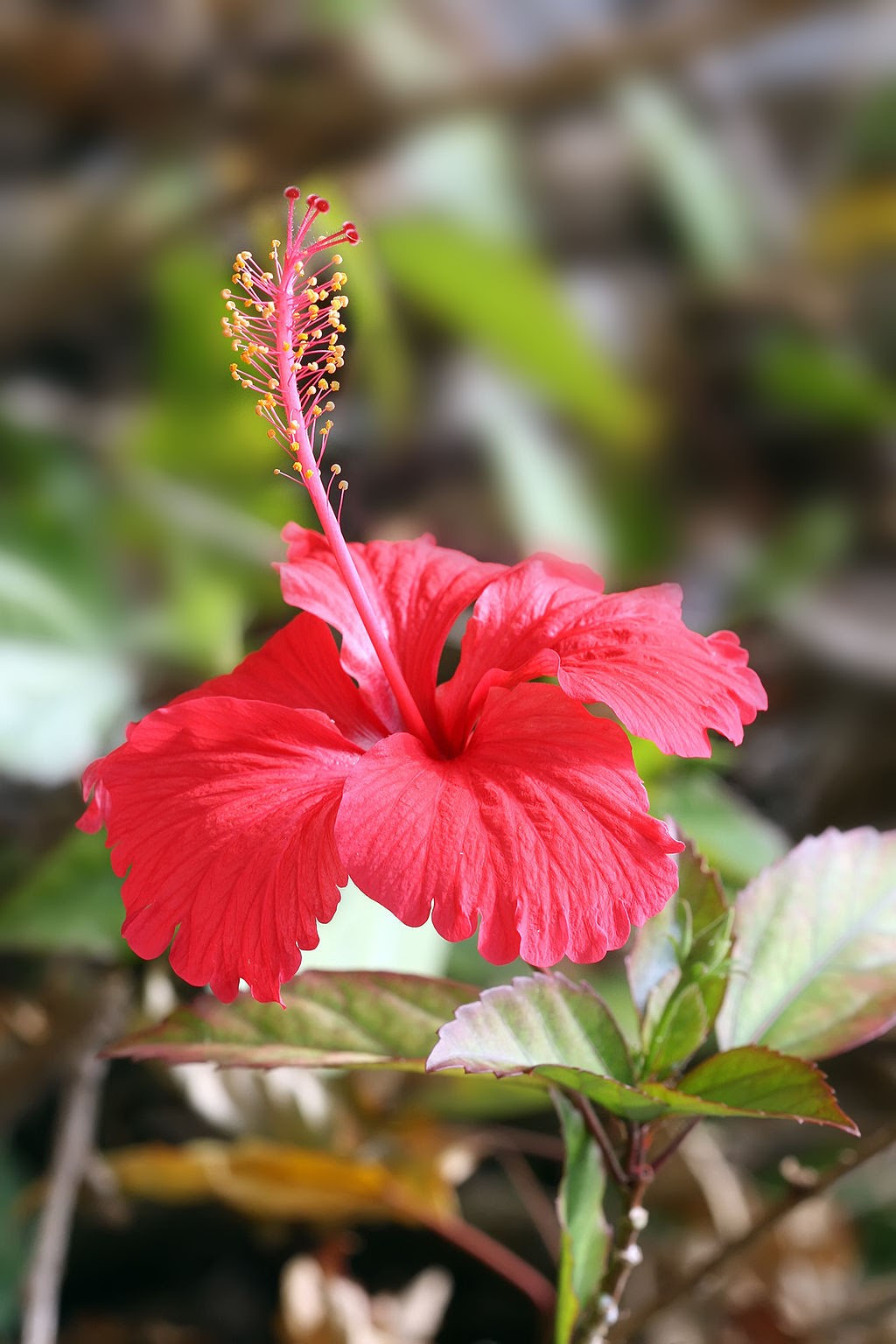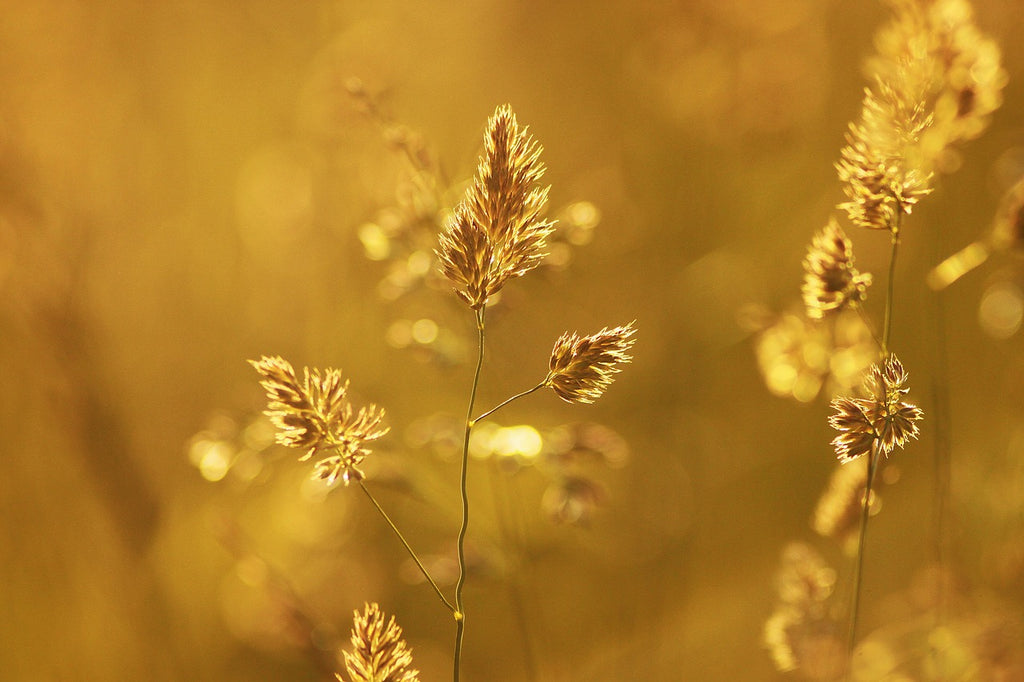Summer’s here— it’s a time of warm sunny days, naked bike rides (you wild Portlanders), and a whole host of outdoor shenanigans. But what do you do if the sun is beaming and you feel the sweat dripping down like you ate some gnarly hot peppers? Rather than hiding indoors like your trying to get a lead role in the next twilight movie, you can use some herbs that’ll cool you down and chill you out. Today, we’ll be going through an herbal iced tea recipe so you can be the coolest cat this summer.
Since ancient times the medicinal effects of herbs have been understood in terms of their heating, cooling, drying or moistening properties. You may have read in an herbal book that a plant had a certain energetic effect, such as ginger being hot & dry or peppermint being cool & dry, but what does this truly mean? This energetic understanding of herbs goes far beyond simply what kind of sensation is felt from the herb (the spicy burn of ginger, or the cooling sensation of peppermint). An herb described as cool in plant energetics refers not only to its ability to give that cool sensation, but also to its sedating nature and ability to depress function in an overactive or irritated organ system.
Great examples of cool herbs are found in the nervine class, especially in the mint family. Something like lemon balm is not only cooling to the senses; it also has a relaxing effect on the nervous system. Lemon balm has often been used by herbalists for hyperthyroidism; a condition characterized by an over-activity of the thyroid gland, which is the main hormonal regulator of body temperature through its effects on metabolism. So in essence, hyperthyroidism could be thought of as a kind of heat condition (increased function/over-stimulation) of the thyroid gland. With this knowledge the energetic herbalist treats using a cooling herb such as lemon balm that is specific to that organ system. This is called treating by the law of contraries, and much of traditional herbalism uses this approach. Homeopaths, on the other hand, base their treatment on the law of similars.

What is the Law of Contraries in Herbalism?
In traditional herbalist theory, plants are chosen contrary to the condition being treated; so for example a “cold” is treated using heating herbs such as ginger, garlic, onion, horseradish, etc. These herbs, on top of their “heating” effect, are antimicrobial (burn away bugs), stimulate circulation, and produce a counter response in the body of sweating; which along with fever help the body to expel pathogens. Likewise, a cooling herb would be useful for more “hot” conditions, such as relieving fever or decreasing inflammation (the root word literally refers to burning or a flame in Latin).
With that basic understanding of hot & cold, herbs can be chosen in a way that is more specific to the current energetic state of the body and therefore likely to be more effective in producing a healing response. The descriptions of dry and moist (damp) are also crucial to understanding plant energetics, but due to their complexity of meaning will not be covered in this general overview. With all this in mind, this herbal iced tea is the perfect cooling drink for the summer heat. It also has a host of other great healing virtues which we shall discuss below.
HERBAL ICED TEA RECIPE*
Hibiscus 1 Part
Peppermint 1 Part
Lemon Balm 1 Part
*See final section for some flavoring tips*
DIRECTIONS
1. Mix equal parts of dried hibiscus, peppermint and lemon balm into a French press or other means of making a tea and add boiling water.
2. Allow to steep for at least 10 minutes, longer if you want a stronger flavor.
3. Mix in honey to taste and stir, then add ice and lemon juice (or sliced lemon) for extra flavor. If you have fresh peppermint or lemon balm you can put a few leaves into the pitcher
4. Enjoy! This can also be made into an adult beverage if you’re feeling crafty, I’d recommend a flavored vodka but your favorite liquor would work too!
PROPERTIES OF HERBS USED
Hibiscus (Hibiscus spp.)
Energetics: Cool, sour taste
This cooling herb makes a delicious sour tea that is a brilliant ruby color. Hibiscus is high in Vitamin C, so it is great for immune support and its antioxidant effects. It is specific to heat & irritation effecting the genitourinary system, and is used as a flower essence for issues around sexuality. Hibiscus is considered a holy plant in India and has long been used in Ayurvedic medicine (1).

There you have it, a delicious and refreshing tea based on energetic principles to keep you nice and cool this summer! If you’re interested in learning more about plant energetics and how you can apply these to your explorations of herbalism,
I will be hosting a PLANT ENERGETICS WORKSHOP at the DRAGON HERBARIUM GATHERING SPACE!
In this workshop we’ll go into more depth on the energies of herbs, gain some experiential knowledge on their meaning, sample a similar crafted herbal iced tea, and much more. We will explore hot, cold, dry and moist qualities through first hand experiences using a variety of herbs.
IT WILL BE HELD AUGUST 4th (Sunday) from 2PM-4PM. I hope to see you there and share in the great wisdom of herbs! Also, in August we will be holding a fresh plant oil infusion workshop with Saint John’s wort, so stay tuned.
For more information about upcoming workshops contact me at: Kentauros.Therapeutics@gmail.
As Promised:
Here are some tips to spruce up your herbal iced tea
• Rosehips make a great addition to a hibiscus tea, and also contain lots of Vitamin C for an extra immune-boosting tea. Vitamin C is helpful in balancing stress hormones as it is a key cofactor in those metabolic processes
• Red Rose Petals can be added to the tea for a delicious aromatic flavor and extra cooling effects
• Jasmine Green Tea and Ceylon Black Tea for a boost! If you want a little pep in your step, add one of these teas to your brew. Green tea is notorious for its health promoting effects and also has a nice drying quality
• Don’t want to add honey? Frozen berries can be added to the tea for some sweetness and they can be used in place of ice cubes. Raspberries and Marion berries are my personal favorite, Strawberries would also work great.
• Brew a large batch of tea (using cups of each dried herb) and allow to steep for 20-30 min to make a strong tea that you can refrigerate and dilute with water or juice, so you can enjoy the yumminess all summer long!
All descriptions of herbs are for educational purposes only and should be used in supervision of a licensed medical professional. None of these herbs are FDA approved to treat or cure any condition, and should be used with careful research and caution. As with all herbs, avoid use in pregnancy and for long periods of time without adequate research or medical advice.
Safe journeys in your herbal exploration, and thanks for reading!
Written by: Bogdan Makartchuk, 4rd year naturopathic medical student at NUNM with a passion for herbalism, mindfulness, psychology and ancient healing traditions.
